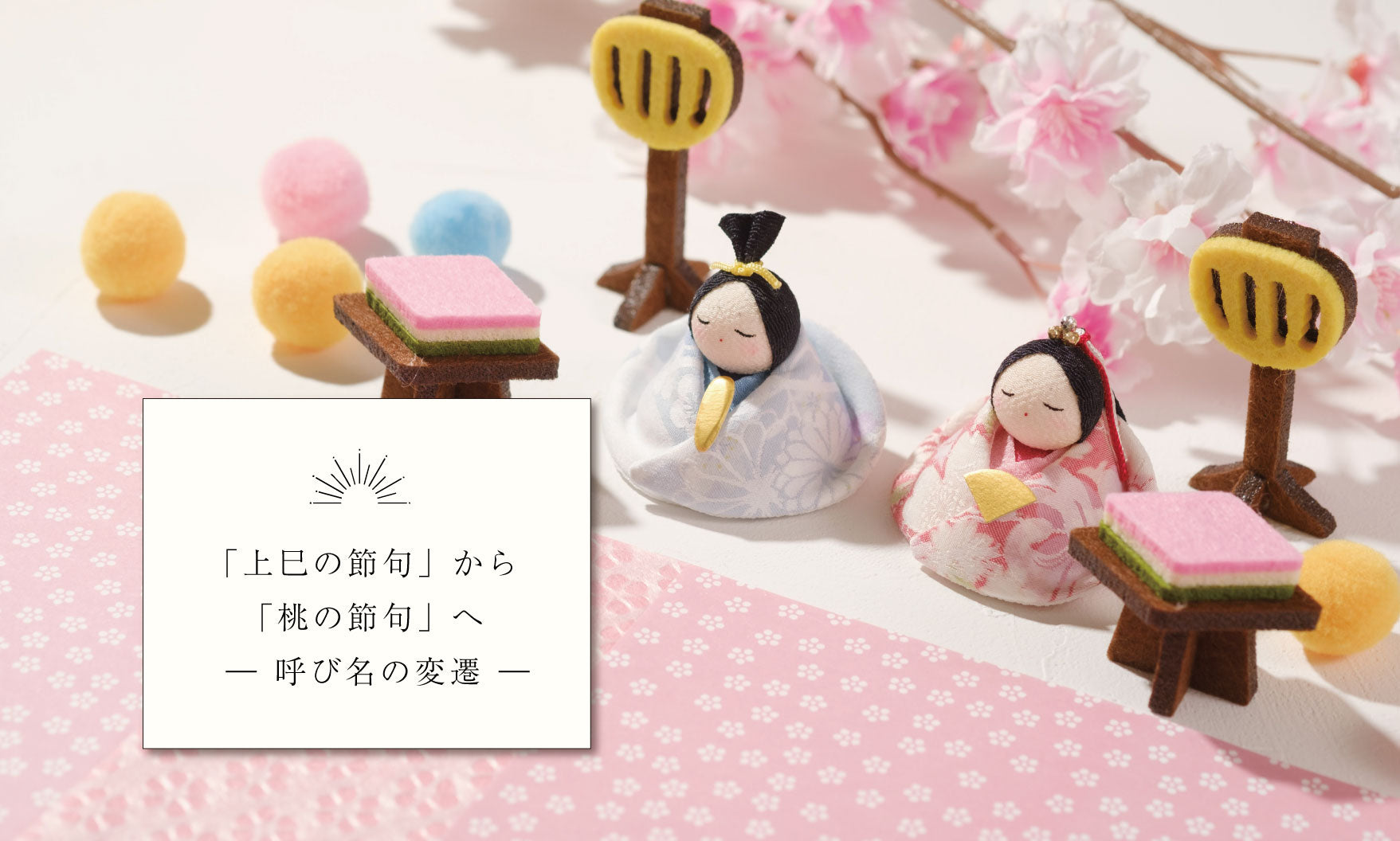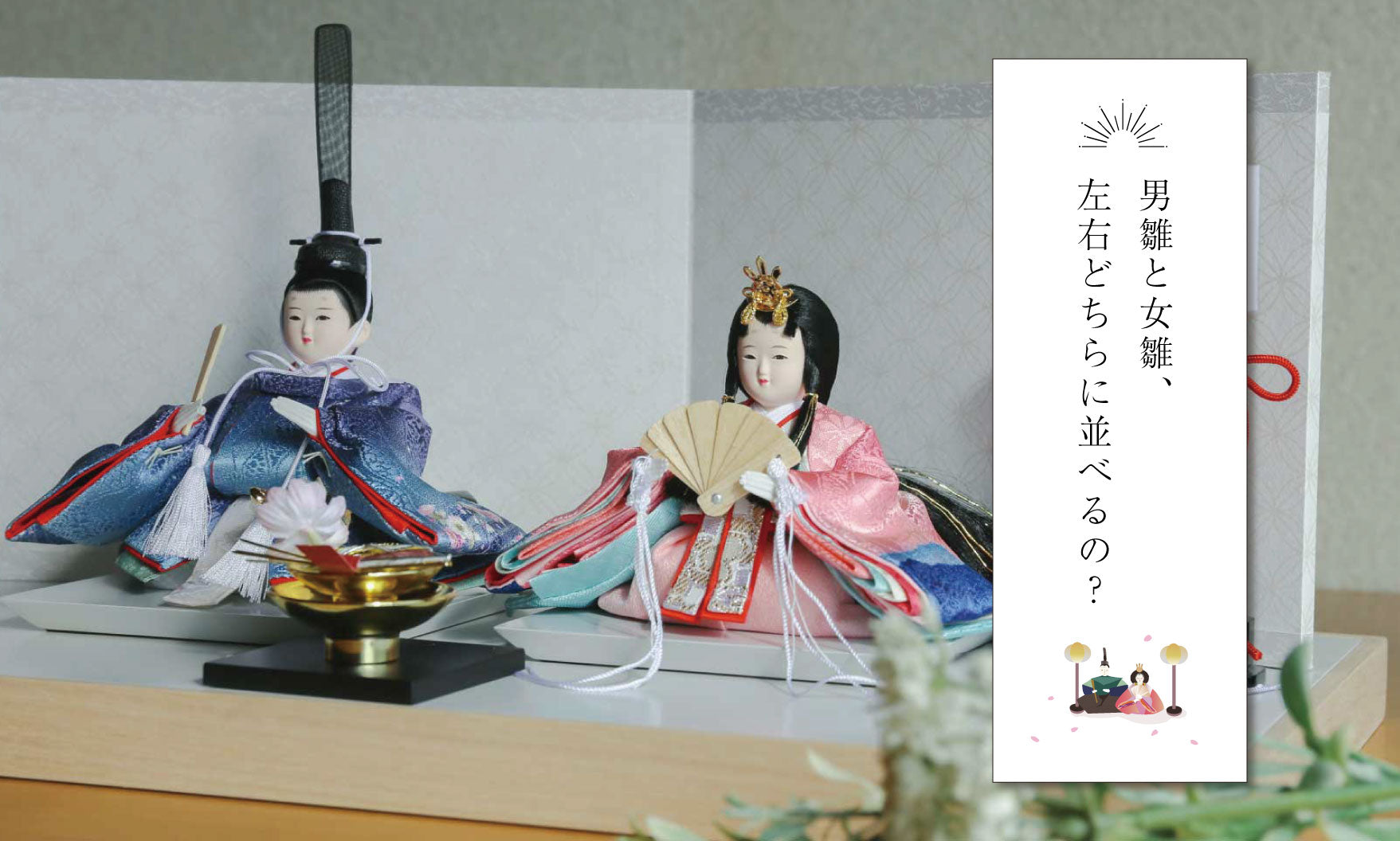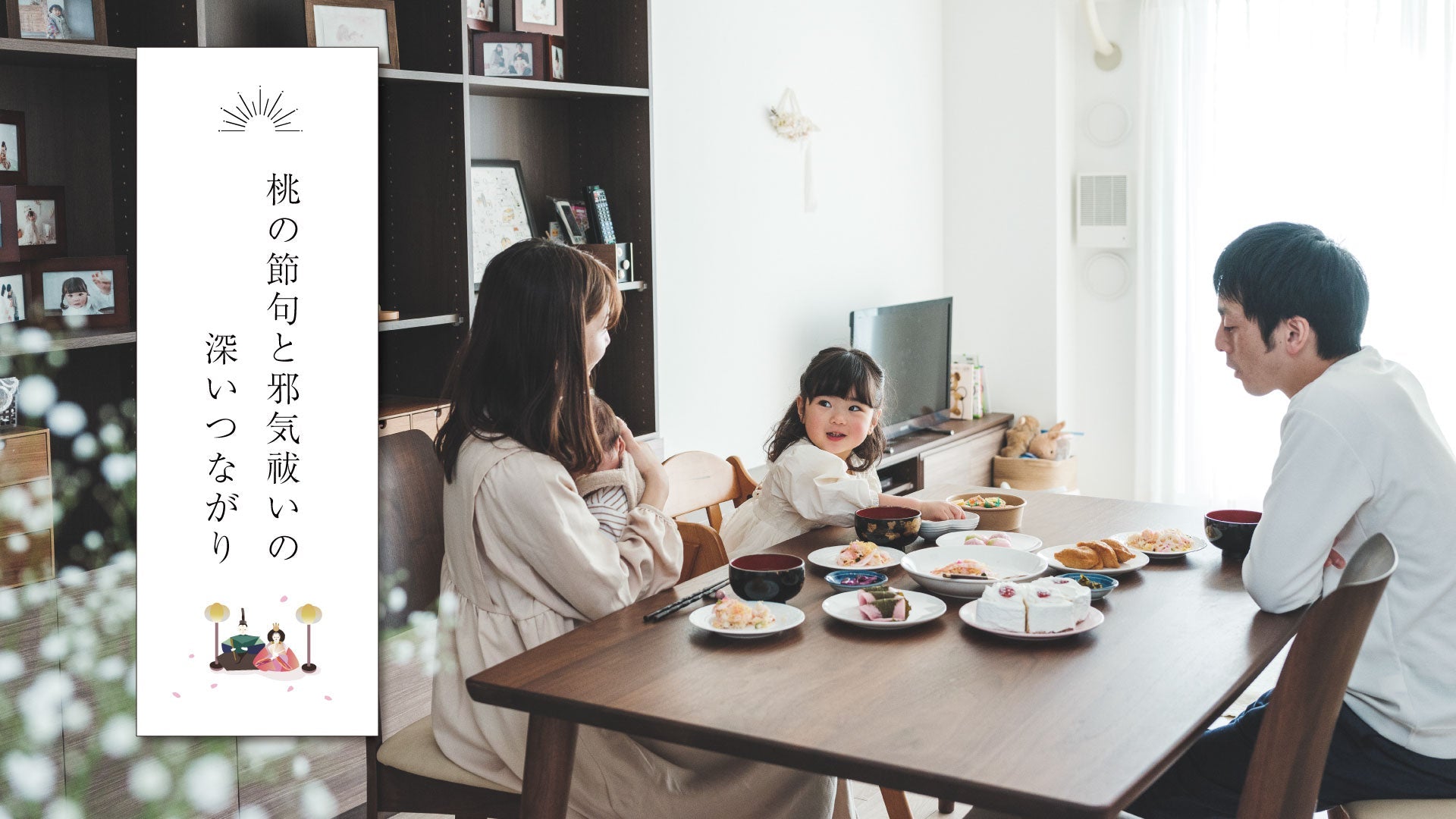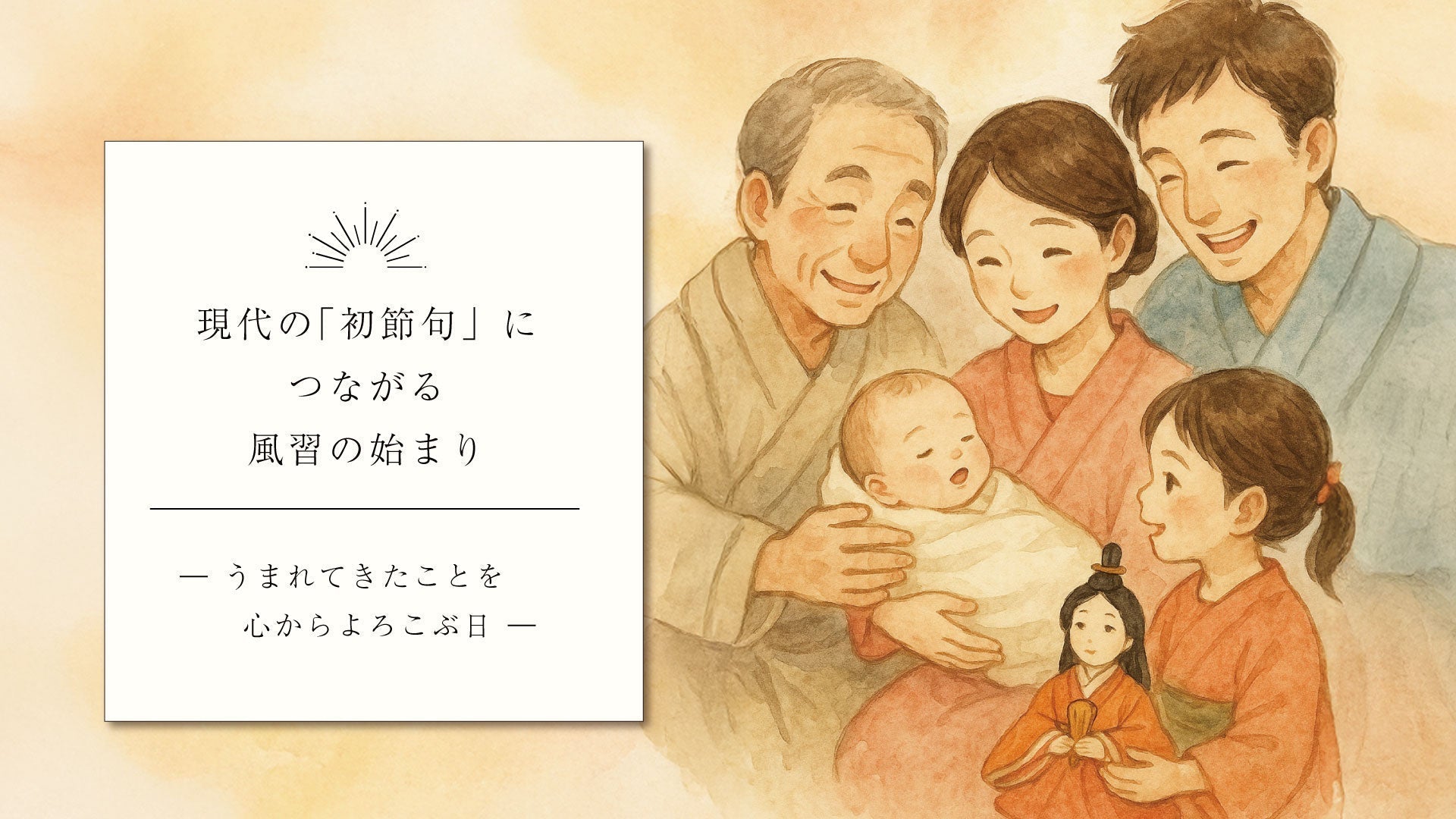- The meaning behind the difference between male and female dolls, "left and right" -
When displaying Hina dolls, many people wonder, "Should the male doll be placed on the right or left?"
In fact, this arrangement varies depending on the era and culture .
Why did the order change to what it is today? Let's look at the reasons why.

■Are the old "left" and "right" slightly different from today's left and right?
The important thing to remember is the ancient idea of "left = superior, right = inferior".
This is a way of thinking influenced by Chinese Confucianism, and in Japan during the Heian period, the left was considered to be superior to the right minister in the imperial court , with the left minister being ranked higher than the right minister.
The left and right in this case refers to the left and right as viewed from the front (= below), not as viewed from oneself.
In other words--
● Top = Right (Male doll)
● Lower = Left (female chick)
Following this tradition, traditionally, male dolls were displayed on the right and female dolls on the left .
Even today, this arrangement is mainstream in places like Kyoto.
As a result , the Western sense of left and right, where "the one on your left is superior," came to be accepted in public places .
In the past, at the enthronement ceremony of Emperor Taisho,
The Emperor (male) is on the left
The Empress (female) is on the right
The Western style arrangement of the two was adopted.
As a result of this influence, after the Showa era in the Kanto region, it became common to line up male dolls on the left and female dolls on the right.
■ How the modern "top left, bottom right" order was decided
Currently, the Hina dolls commonly found in department stores and catalogs are
●On the left is a male doll (the Emperor and Empress)
●On the right is a female doll (Ohinasama).
"Western style."
This arrangement is widespread, especially in the northern part of the Kanto region, and has been mainstream nationwide since the latter half of the Showa period.
continuation .
■ In Kyoto and traditional workshops, the male doll is still on the right.
In Kyoto and other areas and workshops that respect tradition, the traditional arrangement of male dolls on the right and female dolls on the left is still followed.
.
It is not a question of which is correct, but rather that the two styles continue to coexist today in the flow of time and culture .
■ The way they are arranged conveys "harmony and hope."
The arrangement of the male and female dolls has changed over time.
.
it is--
When the two of them stand side by side, harmony is created and their wishes for the future take shape .
If you know the history of the two sides of the Hina dolls, you may feel a little more deeply when displaying them.









